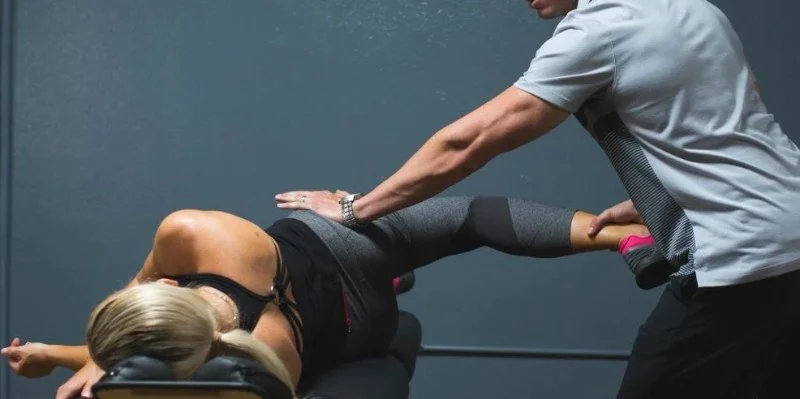
- 1. Introduction to Lower Back Pain Relief
- 2. Common Causes of Lower Back Pain
- 3. Chiropractor-Approved Tips for Lower Back Pain Relief
- 4. Effective Exercises and Stretches
- 5. Lifestyle Changes to Prevent Back Pain
- 6. When to Seek Professional Help for Back Pain
- 7. Conclusion: Taking Control of Your Back Health
1. Introduction to Lower Back Pain Relief
Lower back pain is one of the most common health issues affecting people of all ages. It can be caused by a variety of factors, from poor posture and muscle imbalances to injuries and age-related wear and tear. While many people turn to medication for relief, there are natural, chiropractor-approved methods to manage and alleviate back pain effectively.
In this article, we’ll explore various tips and strategies to relieve lower back pain without relying on medications. These chiropractor-approved methods focus on exercises, stretches, and lifestyle changes that can improve flexibility, strengthen muscles, and reduce discomfort. Let’s dive into the most effective, drug-free ways to manage your lower back pain.
2. Common Causes of Lower Back Pain
Before we dive into the tips for relief, it’s important to understand what might be causing your lower back pain. Some of the most common causes include:
- Poor Posture: Slouching or sitting improperly can strain the muscles and ligaments in your lower back.
- Muscle Imbalances: Weak or tight muscles can lead to discomfort and stiffness in the lower back.
- Herniated Discs: When the cushioning between your vertebrae bulges out, it can press on nerves, causing pain.
- Arthritis: Wear and tear on the joints can lead to inflammation and pain in the lower back.
- Injuries: Accidents or overexertion during physical activity can cause sprains, strains, or fractures in the lower back.
Identifying the root cause of your lower back pain is crucial for determining the most effective treatment options. In many cases, working with a chiropractor can help you better understand the source of your pain and develop a personalized plan for relief.
3. Chiropractor-Approved Tips for Lower Back Pain Relief
Chiropractors specialize in the diagnosis and treatment of musculoskeletal issues, particularly related to the spine. Here are some chiropractor-approved tips that can help you relieve lower back pain naturally:
Tip 1: Maintain Proper Posture
Good posture is essential for preventing and relieving lower back pain. When sitting or standing, make sure to keep your spine aligned, shoulders back, and feet flat on the floor. Avoid slouching or hunching over, especially during long periods of sitting.
Tip 2: Use a Supportive Mattress and Pillow
Sleeping on a mattress that doesn’t provide enough support can worsen back pain. Choose a medium-firm mattress that keeps your spine in a neutral position. Additionally, use a pillow that supports your neck and maintains proper alignment with your spine.
Tip 3: Regular Chiropractic Adjustments
Chiropractic adjustments are a safe and effective way to alleviate lower back pain. Chiropractors use manual techniques to realign the spine, improve mobility, and reduce inflammation. Regular adjustments can help maintain proper spinal health and prevent future pain.
Tip 4: Avoid Prolonged Sitting or Standing
Staying in one position for too long can strain your lower back. If you’re sitting for extended periods, make sure to take breaks, stretch, and change positions. If you’re standing, consider using a footrest to alternate weight from one foot to the other.
4. Effective Exercises and Stretches
Incorporating specific exercises and stretches into your routine can help strengthen the muscles that support your lower back and improve flexibility. Here are some effective exercises and stretches for relieving back pain:
Exercise 1: Cat-Cow Stretch
This simple yoga stretch helps mobilize the spine and relieve tension in the lower back. Start on your hands and knees, with your hands directly under your shoulders and knees under your hips. Inhale and arch your back, lifting your head and tailbone (Cow Pose), then exhale and round your back, tucking your chin toward your chest (Cat Pose). Repeat for 10–15 rounds.
Exercise 2: Pelvic Tilts
Pelvic tilts can help strengthen the muscles of the lower back and abdomen. Lie on your back with your knees bent and feet flat on the floor. Tighten your abdominal muscles and tilt your pelvis slightly upward, pressing your lower back into the floor. Hold for a few seconds, then relax. Repeat 10–15 times.
Exercise 3: Bridge Pose
This exercise strengthens your glutes and lower back muscles. Lie on your back with your knees bent and feet flat on the floor. Lift your hips off the ground, squeezing your glutes at the top. Hold for a few seconds before lowering your hips back down. Repeat for 10–15 reps.
Exercise 4: Child’s Pose
Child’s Pose is a gentle stretch that targets the lower back and hips. Start on your hands and knees, then sit back onto your heels while stretching your arms forward and lowering your chest toward the floor. Hold for 30 seconds to 1 minute, breathing deeply and relaxing into the stretch.
5. Lifestyle Changes to Prevent Back Pain
Preventing lower back pain is often about making simple adjustments to your daily routine. Here are some lifestyle changes that can help:
- Exercise Regularly: Regular physical activity, including walking, swimming, and strength training, can help keep your back muscles strong and flexible.
- Maintain a Healthy Weight: Excess weight puts additional strain on the lower back, so maintaining a healthy weight is crucial for preventing back pain.
- Lift Properly: When lifting heavy objects, always bend your knees and use your legs to lift, rather than your back.
- Stay Hydrated: Drinking plenty of water helps keep your discs hydrated and prevents them from becoming stiff and painful.
6. When to Seek Professional Help for Back Pain
While many lower back pain issues can be managed at home with exercises and lifestyle changes, some cases require professional attention. If you experience severe pain, numbness, tingling, or weakness in your legs, it’s important to seek medical advice. A chiropractor, physical therapist, or doctor can help assess the cause of your pain and recommend the best treatment options.
7. Conclusion: Taking Control of Your Back Health
Lower back pain doesn’t have to be a life sentence. With chiropractor-approved tips, exercises, and lifestyle changes, you can alleviate discomfort and prevent future pain. Remember, taking care of your back involves not just relieving pain but maintaining overall spinal health. By incorporating these strategies into your routine, you can take control of your back health and improve your quality of life.
For more expert advice and tips on relieving back pain, visit ChiroScope, where you'll find the best resources and support for back health.
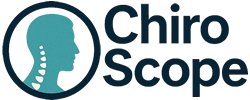

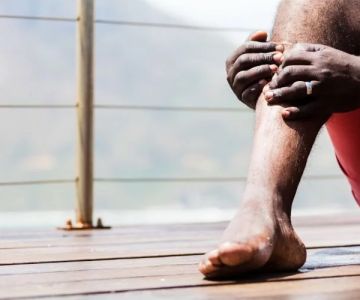

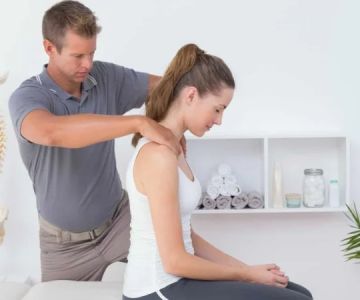


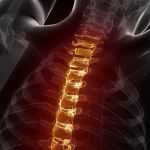 Ganesh Chiropractic PLLC5.0 (139 reviews)
Ganesh Chiropractic PLLC5.0 (139 reviews) Youngsville Chiropractic Center, Dr. Marion Beaumont II4.0 (25 reviews)
Youngsville Chiropractic Center, Dr. Marion Beaumont II4.0 (25 reviews) Solutions Sports & Spine Chiropractors of Clackamas5.0 (42 reviews)
Solutions Sports & Spine Chiropractors of Clackamas5.0 (42 reviews)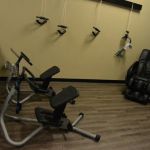 Spine & Sports Family Chiropractic4.0 (40 reviews)
Spine & Sports Family Chiropractic4.0 (40 reviews) ProHealth Chiropractic Wellness Center5.0 (88 reviews)
ProHealth Chiropractic Wellness Center5.0 (88 reviews) Atlantic Chiropractic-Shirley4.0 (25 reviews)
Atlantic Chiropractic-Shirley4.0 (25 reviews) The Truth About Chiropractic vs Physical Therapy and What Chiropractors Recommend
The Truth About Chiropractic vs Physical Therapy and What Chiropractors Recommend Chiropractic Solutions for Sports-Related Injuries: Prevention and Recovery
Chiropractic Solutions for Sports-Related Injuries: Prevention and Recovery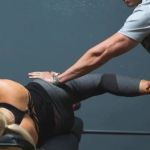 How to Relieve Chiropractic Stretches Without Medication – Chiropractor Approved
How to Relieve Chiropractic Stretches Without Medication – Chiropractor Approved Chiropractic Care for Better Overall Health and Wellness: A Comprehensive Guide
Chiropractic Care for Better Overall Health and Wellness: A Comprehensive Guide Expert Advice on Sciatica Treatment and How Chiropractors Help Relieve Pain
Expert Advice on Sciatica Treatment and How Chiropractors Help Relieve Pain The Impact of Chiropractic Care on Overall Wellness and Quality of Life
The Impact of Chiropractic Care on Overall Wellness and Quality of Life